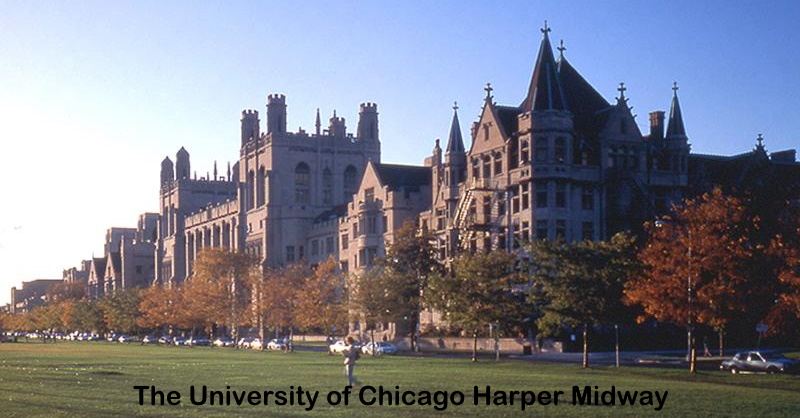Endowment Performance 2020 Ranked by 10-year Returns
by charles | Comments are closed05/08/2021
Women in Finance Top 15 endowment CIOs by 10, 5, 1-year returns 6-30-2020
by charles | Comments are closed05/08/2021
Endowment Performance Rankings 2020 – Strange Days
by charles | Comments are closed05/01/2021
Our 2020 endowment performance report features ten-year returns for one hundred and ten institutions — the latest available. We consider a ten-year span to be a rigorous and revealing measure of the strength of an institution’s oversight and long-term investment abilities.
However, as always, there are caveats.
Timing
Most endowments close their books for the fiscal year on June 30 then prepare for the auditors. Soon thereafter, usually in mid to late fall, the schools release preliminary performance results.
These numbers are “official” but Non-Time Matched because private market performance reporting – real estate, private equity, etc. – lags public market results by three to six months, and sometimes longer.
Usually, this does not matter because public and private market investments tend to move pretty much in sync.
However, in spring 2020 with covid on the loose, the June 30th fiscal close missed a big uptick in private market valuations because those numbers were not ready and therefore not reported to the investment offices. This hit big endowments hard, those with heavy allocations to alternatives.
Costs
Not all returns are equal.
Some schools report their numbers net of all costs including external management fees, internal office costs, and the endowment tax.
However, many endowments when computing their returns subtract external management fees but not office costs or the endowment tax.
Over a ten-year period that makes a difference.
Turnover
Turnover affects performance. Only about a third of the one hundred CIOs on our list have held the top investment position for ten years or more and they tend to have the best performance
For example, in our chart below, ten of our top fifteen endowments by 10-year performance had investment heads with ten years or more in tenure.
Read More »
